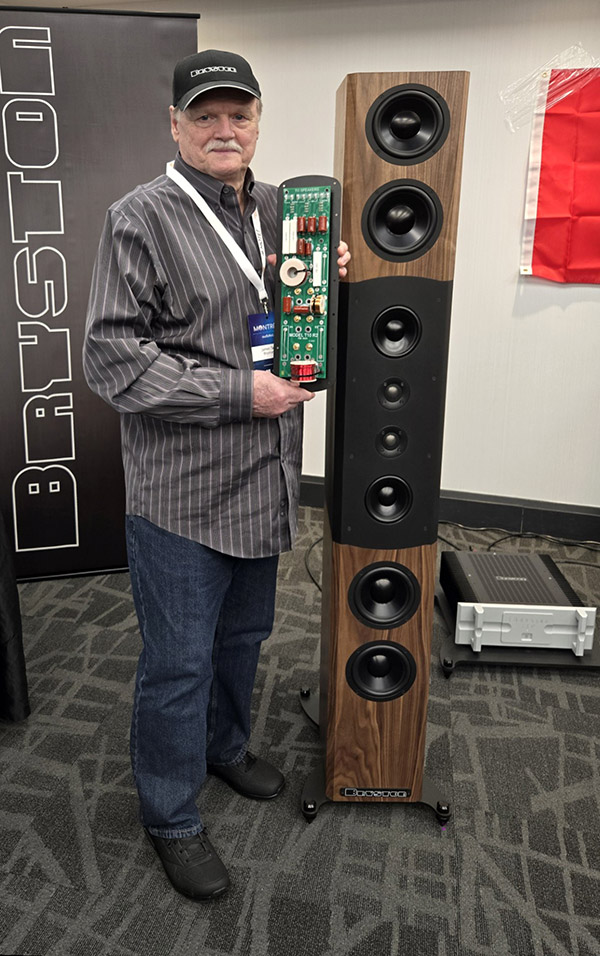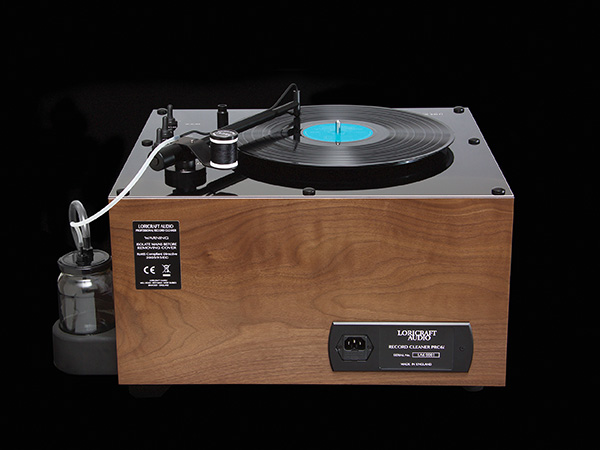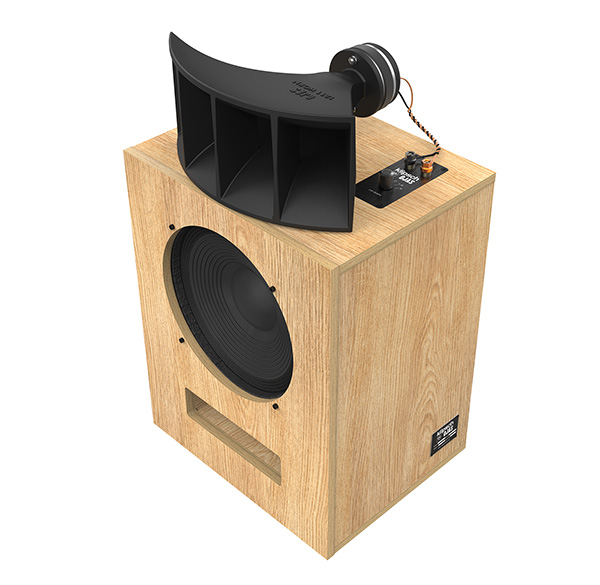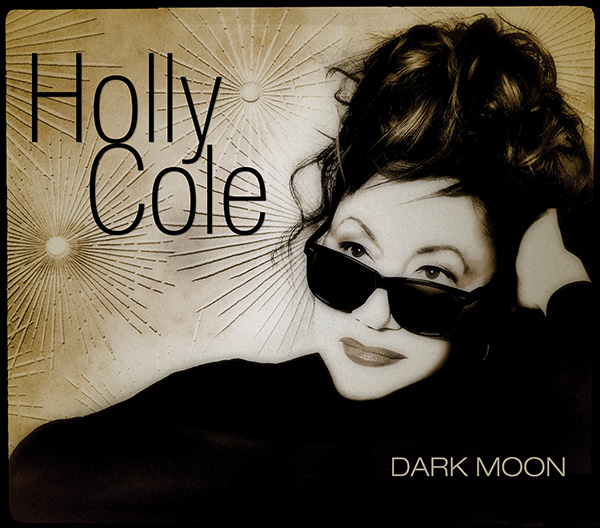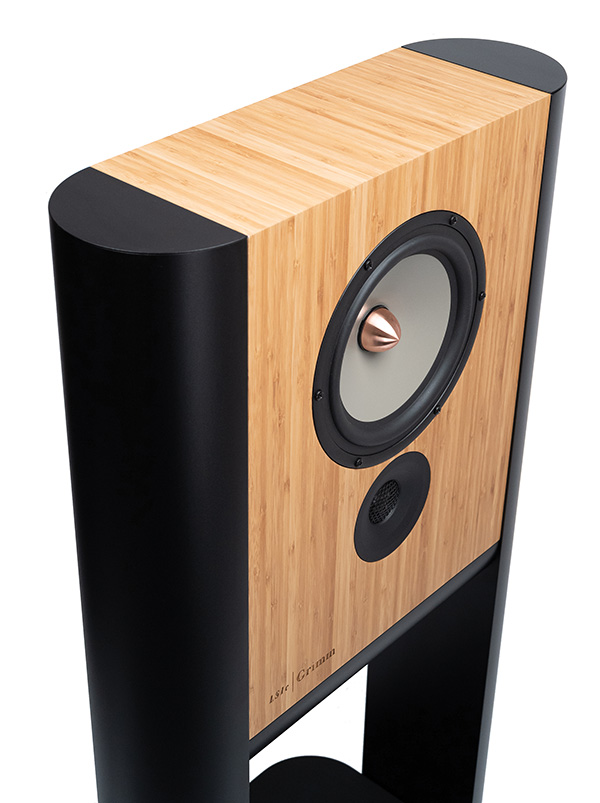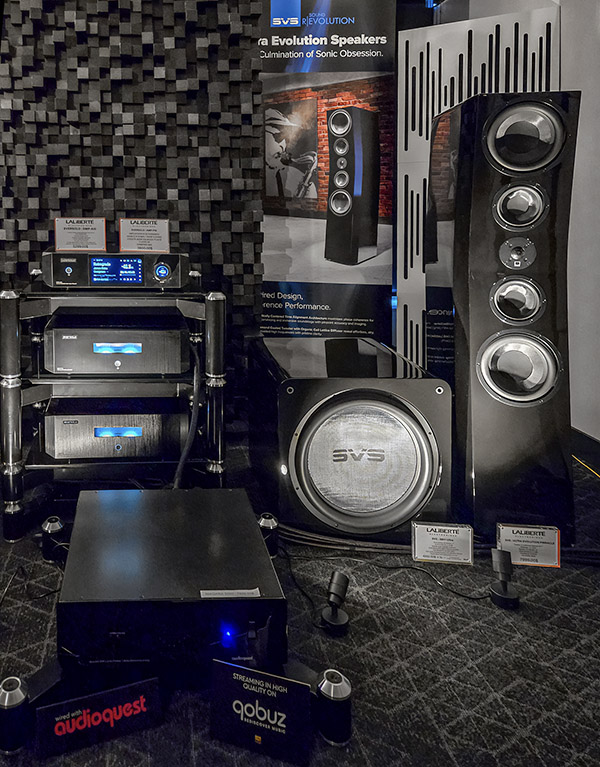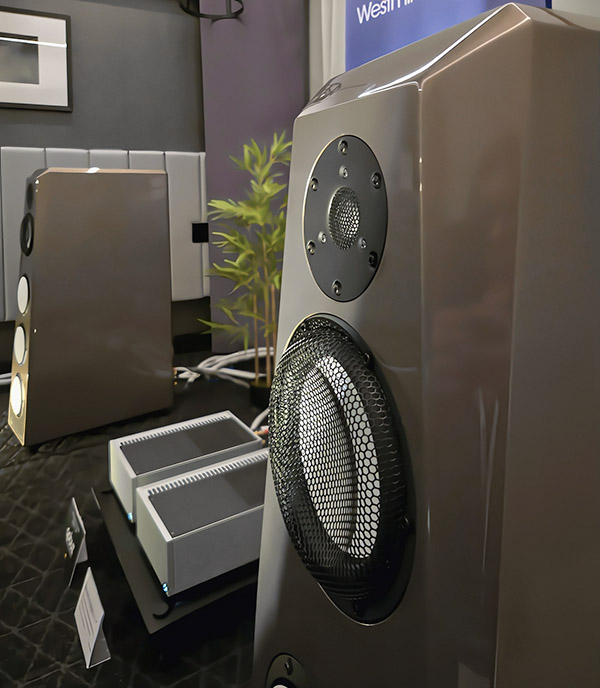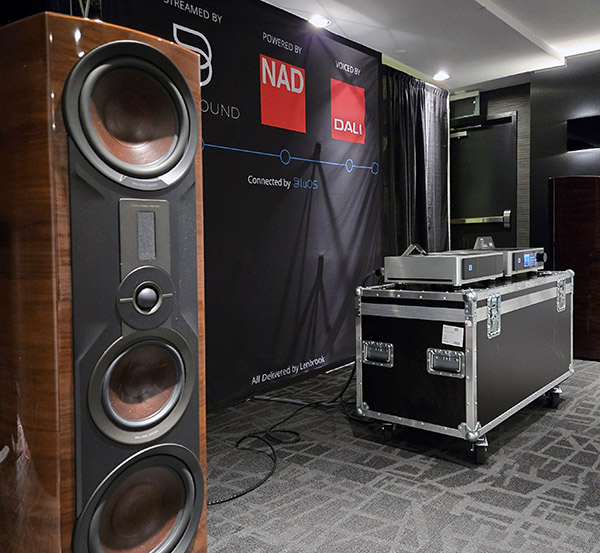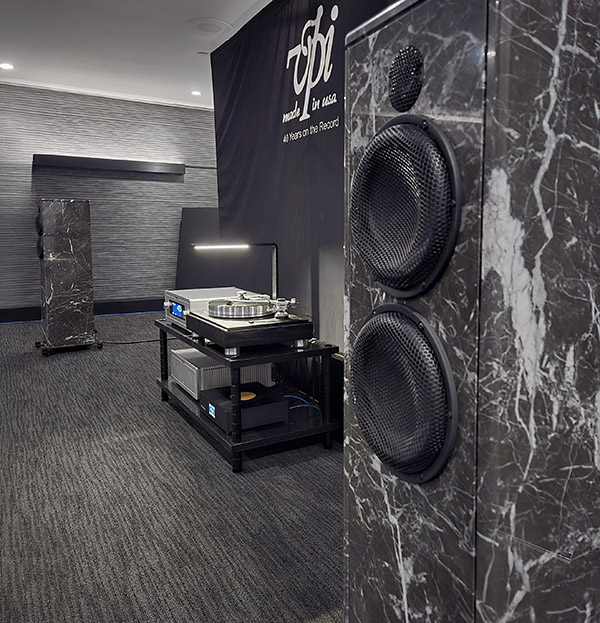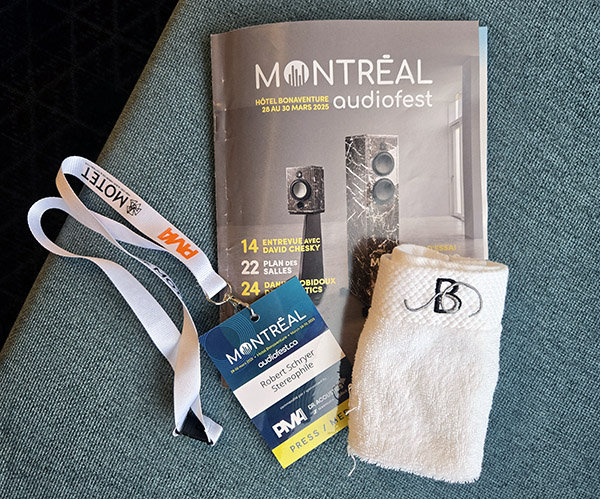LATEST ADDITIONS
Spin Doctor #23: The Loricraft PRC6i record cleaning machine and the WallySkater v2.1 Pro
Brilliant Corners #25: Devon Turnbull and the Klipsch-Ojas kO-R1 loudspeaker
We were there for the launch of a loudspeaker, a collaboration between the Little Rockbased Klipsch Group and Ojas, the nom de solder of artist and designer Devon Turnbull.
Holly Cole's Dark Moon
"On Dark Moon, you hear the essence of when we discover a song," she said during a recent interview. "We had very brief rehearsals, and then went in and recorded. I had a lot of faith in this band, and that's why I cherry-picked them. They know me, they know I'm a minimalist, and we were able to arrange in the studio. Some of the tracks are first takes. The more complex the arrangement, the longer it took. They are all three, four takes at the most. People have to be hard listeners in this band, or it will fail. That's the case on Temptation, and that's on this record."
Grimm Audio LS1c active loudspeaker system
Years later, Eelco, too, started taking stereo gear to new altitudes, becoming a designer of high-end speakers and electronics. After Grimm Audio, a 15-person enterprise, moved to a building near Eindhoven airport in the southern Netherlands, he realized that it stands in almost the exact spot where his dad used to park his fighter jet.

